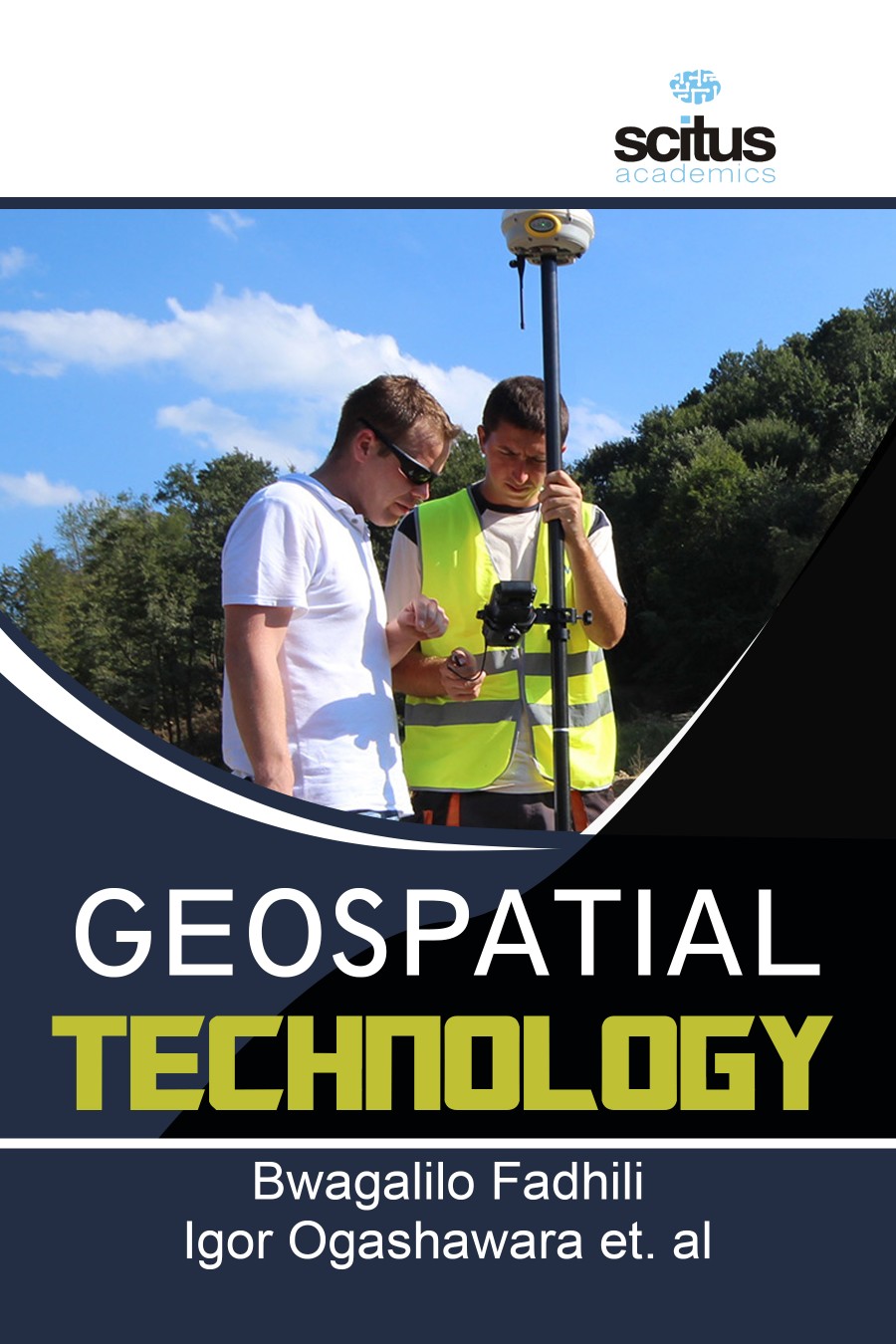Remote sensing and geospatial technologies have been successfully implemented over the last 50 years examining the role of environmental factors. Earth observing technologies and data are important elements of a comprehensive and multi-scaled approach both at micro and macro levels identifying immediate and long-term impacts. Trends in geospatial technologies have led to the development of new powerful analysis and representation techniques that involve processing of massive datasets, some unstructured, some acquired from ubiquitous sources, and some others from remotely located sensors of different kinds, all of which complement the structured information produced on a regular basis by governmental and international agencies. As the technology evolves, the research field of geomatics has to necessarily expand along its entire workflow, from data acquisition to geospatial information dissemination. For instance, the georeferencing capability of mobile devices and their extensive use in social networking are producing unprecedented amounts of information that can be of high relevance for many important topics such as security, marketing, mental health, disaster management, etc. Agronomic activities are spatial and the need to place site-specific information in a spatial and long-term perspective would require special models that can be used to calculate spatial variation in crop growth and monitor variations in trend with a time scale appropriate for guiding decisions. GIS could play a significant role in agronomy at several levels due to the fact that it can be used to study the nutrient status of individual fields to arrive at specific requirements for external application of nutrients.
Geospatial Technology sheds light on the progress and trends in comprises tools and techniques including with the use of spatially referenced information, for the description and modeling of spatial and dynamic phenomena related to the Earth’s environment. This book also portrays environmental and social applications of geospatial technologies, as a consequence provides a multidisciplinary perspective on promising geospatial techniques and tools. The chapters are the contributions made by eminent authors and specialists, including applications in collaborative geomatics, geospatial statistics, GIS, agriculture, and natural hazard monitoring.













